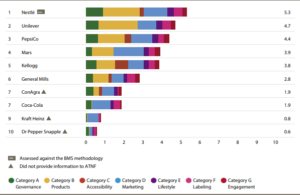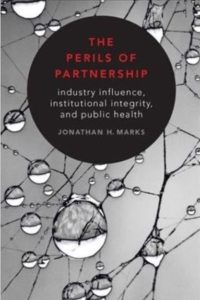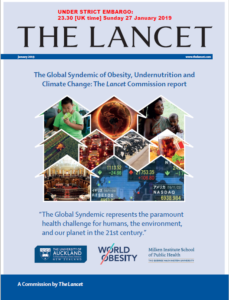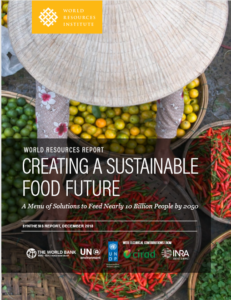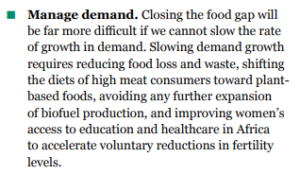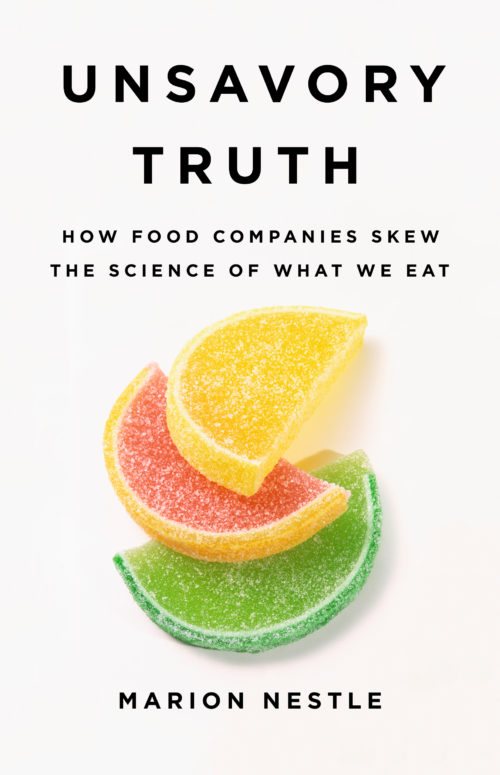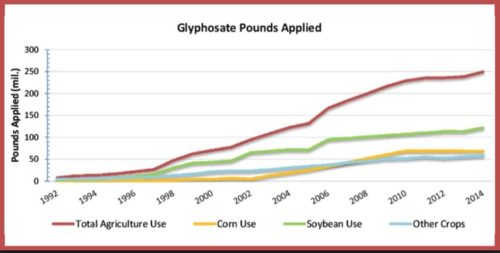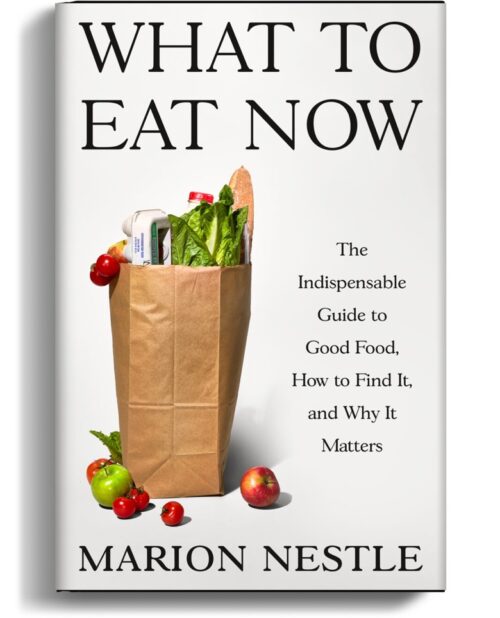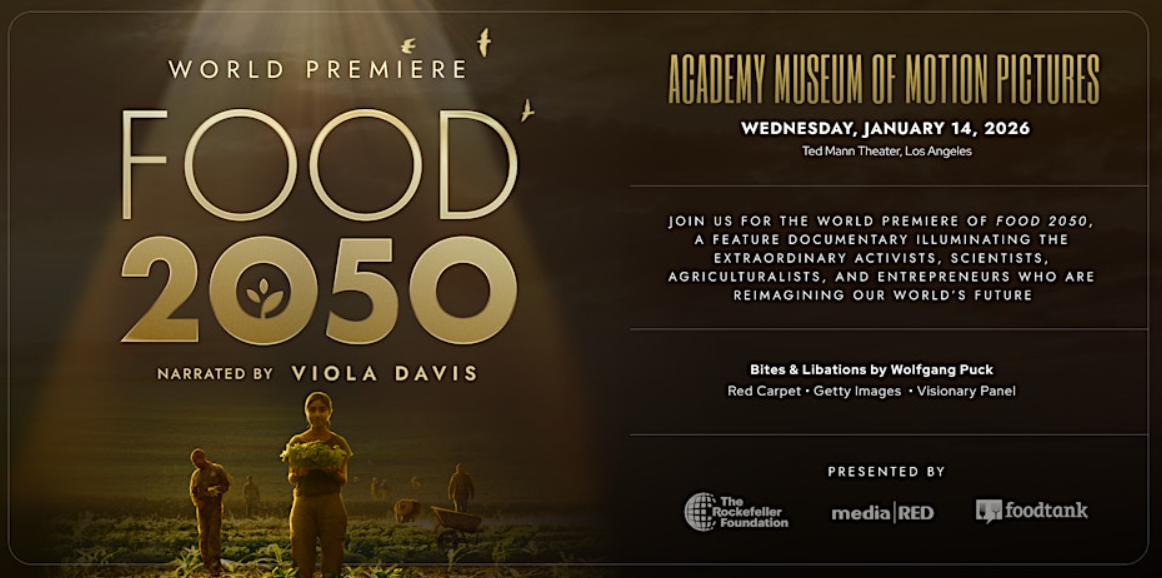The International Life Sciences Institute (ILSI): true colors revealed
The furor over the “don’t-worry-about-meat” papers published earlier this week (see my post) did not have much to say about the lead author’s previous association with the International Life Sciences Institute (ILSI), disclosed in a “you don’t need to worry about sugar” review from the same journal in 2016: “This project was funded by the Technical Committee on Dietary Carbohydrates of ILSI North America.” The meat papers did not mention the previous connection to ILSI, even though it occurred within the past three years. They should have.
ILSI is a classic food-industry front group, one that tries to stay under the radar but is not succeeding very well lately.
The New York Times titled its recent ILSI investigation: A Shadowy Industry Group Shapes Food Policy Around the World.
This reminded me of what I wrote about ILSI in my book Unsavory Truth (2018). When I was working on the last chapters of the book, I realized that something about ILSI’s role turned up in practically every chapter. Here, I refer to a study funded by ILSI.
The front-group funder was the North American branch of the International Life Sciences Institute (ILSI), an organization that turns up often in this book. ILSI describes itself as an independent scientific think tank, but it was created and is largely funded by the food industry. This makes it, by definition, a front group.
But you might not realize this from reading the study authors’ disclosure statement, which describes ILSI as “a public, nonprofit scientific foundation that provides . . . a neutral forum for government, academic, and industry scientists to discuss and resolve scientific issues of common concern for the well-being of the general public” (1).
ILSI keeps a relatively low public profile but seems never to miss an opportunity to defend the interests of its four hundred or so corporate sponsors. Its 2016 annual report takes four pages and fifteen columns to list industry supporters of its national and international branches; these contribute two-thirds of this group’s nearly $18 million in annual revenues (the rest comes from government or private grants or contributions). ILSI’s board of trustees is about half industry and half academia, all unpaid volunteers.
Critics describe ILSI as a “two-level” organization. On the surface, it engages in legitimate scientific activities. But deep down, it provides funders with “global lobbying services . . . structured in a way which ensures that the funding corporations have majority membership in all its major decision-making committees.” (2).
(1) Besley JC, McCright AM, Zahry NR, et al. Perceived conflict of interest in health science partnerships. PLoS One. 2017;12(4):e0175643. McComas KA. Session 5: Nutrition communication. The role of trust in health communication and the effect of conflicts of interest among scientists. Proc Nutr Soc. 2008;67(4):428-36.
(2) Miller D, Harkins C. Corporate strategy and corporate capture: food and alcohol industry and lobbying and public health. Crit Soc Policy. 2010;30:564-89.
I have written about ILSI in previous blog posts:
- Coca-Cola’s political influence in China: documented evidence
- Mars Inc says goodbye to ILSI, hello to science policy
- Industry-funded study says advice to eat less sugar is based on bad science (surprise)
Others have also written about this organization:
- Are industry-funded charities promoting “advocacy-led studies” or “evidence-based science”?: A case study of the International Life Sciences Institute
- US Right to Know’s facts on ILSI
It’s about time ILSI’s practices are being exposed.

